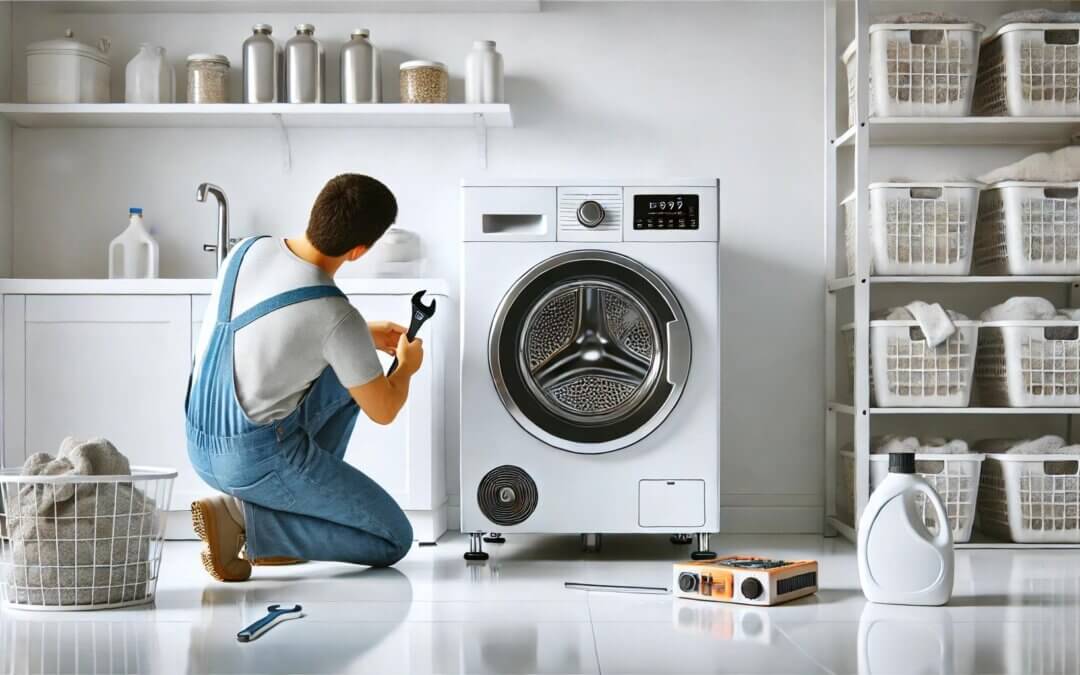
How to Fix a Refrigerator Door That Won’t Close Properly
Table of Contents
- Introduction
- 1. Why Your Fridge Door Won’t Close
- 2. Clean and Inspect the Door Seal
- 3. Adjust the Door Hinges
- 4. Test for Proper Closure
- 5. Replace Worn or Damaged Parts
- 6. When to Call a Professional
- Conclusion
How to Fix a Refrigerator Door That Won’t Close Properly
Is your refrigerator door refusing to close no matter how gently you push? A door that won’t close can let cold air escape, raise your energy bills, and spoil your food. In this guide, we will use simple steps to show you how to handle a refrigerator door won’t close problem. We will also talk about fix refrigerator door alignment, perform a refrigerator door seal repair, and more.
1. Why Your Fridge Door Won’t Close
You might wonder, “Why won’t my fridge door close?” The most common reasons include:
- Misaligned Hinges: Heavy items on the door can cause the hinges to sag.
- Dirty or Damaged Seal: Food crumbs or a torn seal can keep the door from shutting tightly.
- Overstuffed Refrigerator: Items sticking out from the shelves can hold the door open.
- Weak Door Gasket: The gasket (rubber strip) might be old or not sealing well.
2. Clean and Inspect the Door Seal
Before doing a bigger repair, try to troubleshoot fridge door issues by cleaning the seal:
- Remove Items from the Door: Take out heavy bottles or cans so you can see the seal clearly.
- Clean the Gasket: Use warm water and mild soap to wash off dirt or sticky spots.
- Check for Tears: If the seal has cracks or is torn, you may need a refrigerator door seal repair or a new gasket.
3. Adjust the Door Hinges
If the door is still not closing, you might need to fix refrigerator door alignment. Properly aligned hinges help the door shut snugly:
- Locate the Hinge Bolts: These are often at the top or bottom of the door.
- Loosen the Bolts: Use a screwdriver to loosen them slightly.
- Align the Door: Gently move the door up or down until it lines up with the fridge.
- Tighten the Bolts: Once the door looks straight, tighten the bolts again.
4. Test for Proper Closure
Open and close the fridge door a few times. If the refrigerator door won’t stay shut or still feels off, repeat the hinge adjustment. Make sure there are no gaps where cold air can escape.
5. Replace Worn or Damaged Parts
Sometimes, cleaning and adjusting are not enough. In that case, check these parts:
- Gasket: If it no longer seals, replace it. A worn gasket can waste energy.
- Hinges: If they are bent or rusty, install new ones for a better fit.
- Magnet or Latch: If the door relies on a magnet or latch, check that it is still strong and not broken.

6. When to Call a Professional
If you have tried all these steps and your door still refuses to close, it might be time to seek expert help. A repair technician can troubleshoot fridge door issues you might have missed. Visit our Fridge Repair Ottawa page to learn more about how we can help.
Conclusion
A fridge door that won’t close can be a big problem. By following these simple steps—cleaning the seal, fixing the hinges, and replacing broken parts—you can keep your food safe and your energy bills low. If the issue continues, do not hesitate to contact King Appliance Repair Company for expert help.
Looking for more appliance tips? Check out:


